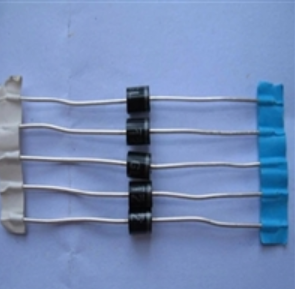Date:2025-07-14 Categories:Product knowledge Hits:475 From:Guangdong Youfeng Microelectronics Co., Ltd
Bipolar Junction Transistor (BJT) is a common AD8672ARZ-REEL7 electronic device widely used in amplification, switching, and voltage regulation circuits. It is composed of three doped semiconductor materials of different types, namely P-type semiconductor, N-type semiconductor, and P-type semiconductor, forming two PN junctions. According to different doping types, BJTs can be divided into NPN and PNP types.diode
1、 Structure
The structure of a dual base diode includes three regions, namely the emitter region, the base region, and the collector region. In NPN BJTs, the emitter and base regions are N-type semiconductors, and the collector region is P-type semiconductor; In PNP BJTs, the emitter and base regions are P-type semiconductors, and the collector region is N-type semiconductor. The junction between the emitter region and the collector region is called the emitter junction, and the junction between the base region and the collector region is called the collector junction.
2、 Working principle
The working principle of BJT is based on two basic physical effects: the drift and diffusion of holes in P-type materials and electrons in N-type materials under the action of an electric field. Under forward bias, the emitter junction is in a forward biased state, forming a state where electrons are injected into the emitter region; The base junction is in a reverse biased state, limiting the injection of electrons into the base region. When the electrons injected into the emission region recombine with the holes injected into the base region, a current amplification effect is generated.diode

Previous: Classification, Structure, and Principle of MOSFET